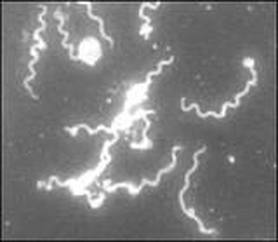Diagnosis

Lyme disease is hard to diagnose because the fever, muscle aches, and fatigue of Lyme disease can easily be mistaken for viral infections. Also, joint pain can be mistaken for arthritis.
The diagnosis of Lyme disease is based on the patient's history of exposure to ticks, especially in areas where Lyme disease emerges. Serodiagnosis to detect anti-borrelia antibodies is useful in the later stages of illness. Serologic testing can help support diagnostic information in patients with exposure or clinical findings that determine late stage Lyme disease.
Patients with late-stage disease usually have strong serological reactivity. Antibodies may remain for months or years following successfully treated or untreated infection. Therefore, seroreactivity alone is incapable of diagnosing Lyme disease. Borrelia burgdorferi can be cultured from 80% or more of biopsy specimens, but a BSK medium is needed. The polymerase chain reaction (PCR) has been used to enlarge genomic DNA of B. burgdorferi in the skin, blood, cerebrospinal fluid, and synovial fluid.
By: Anthony Strano
